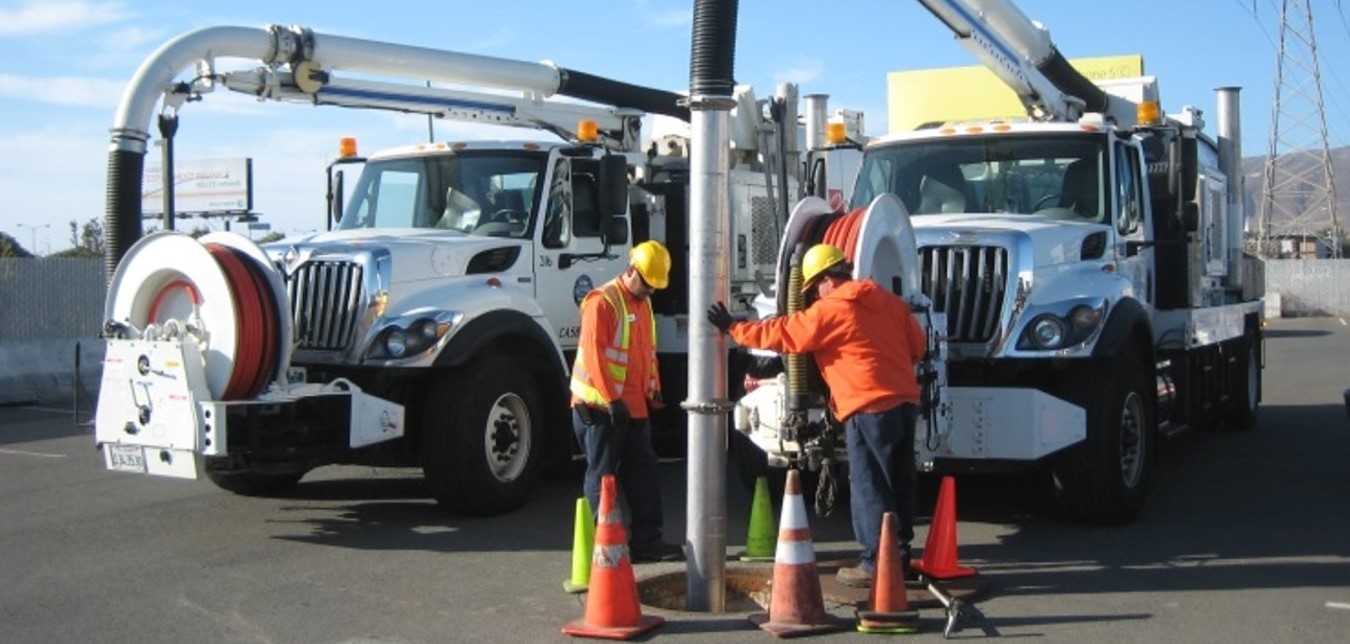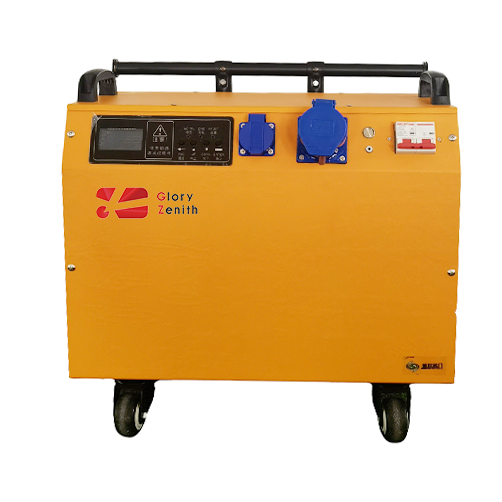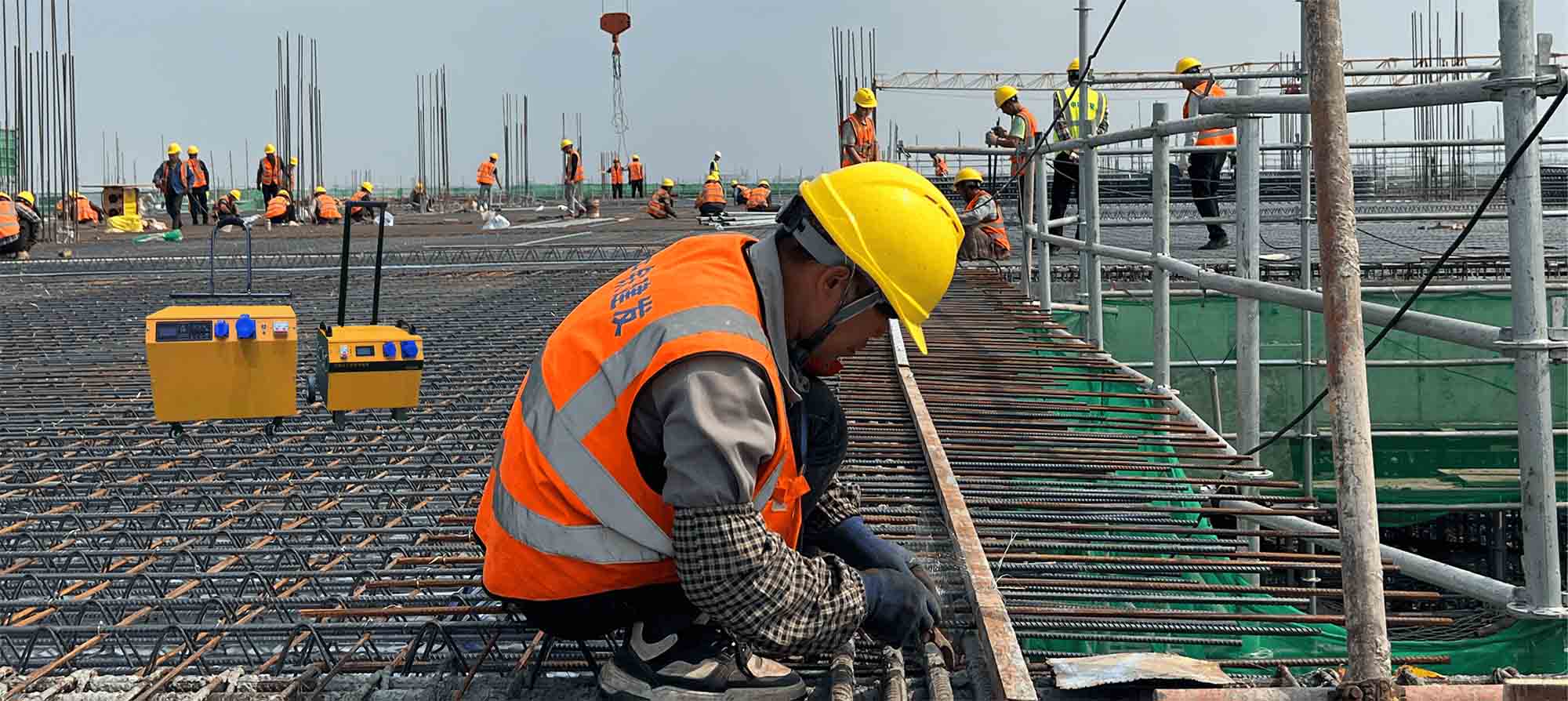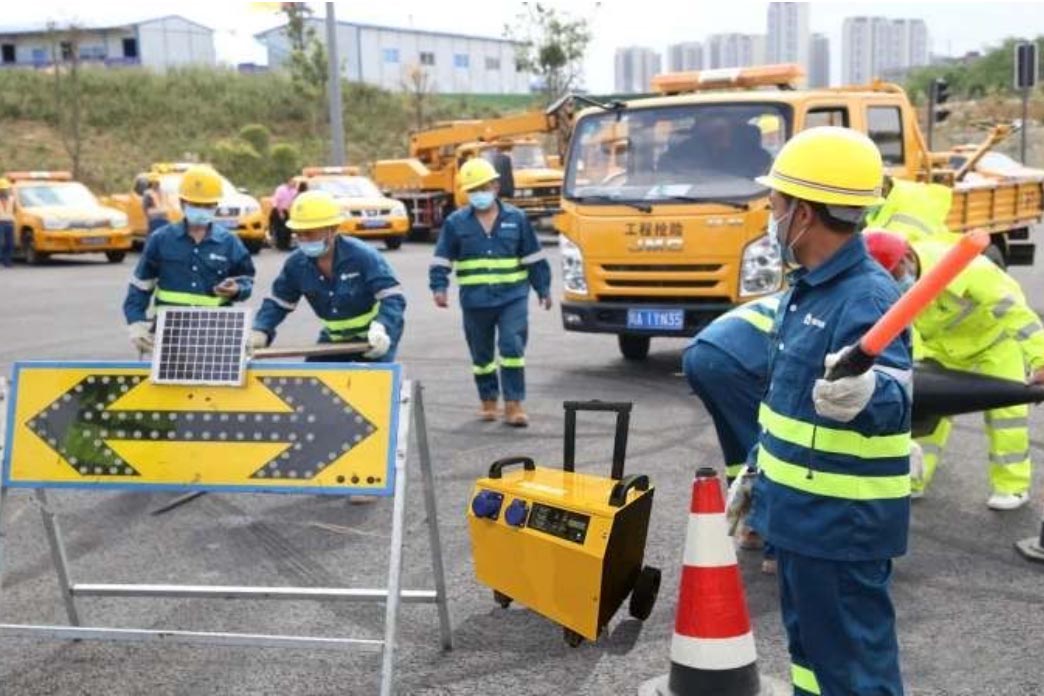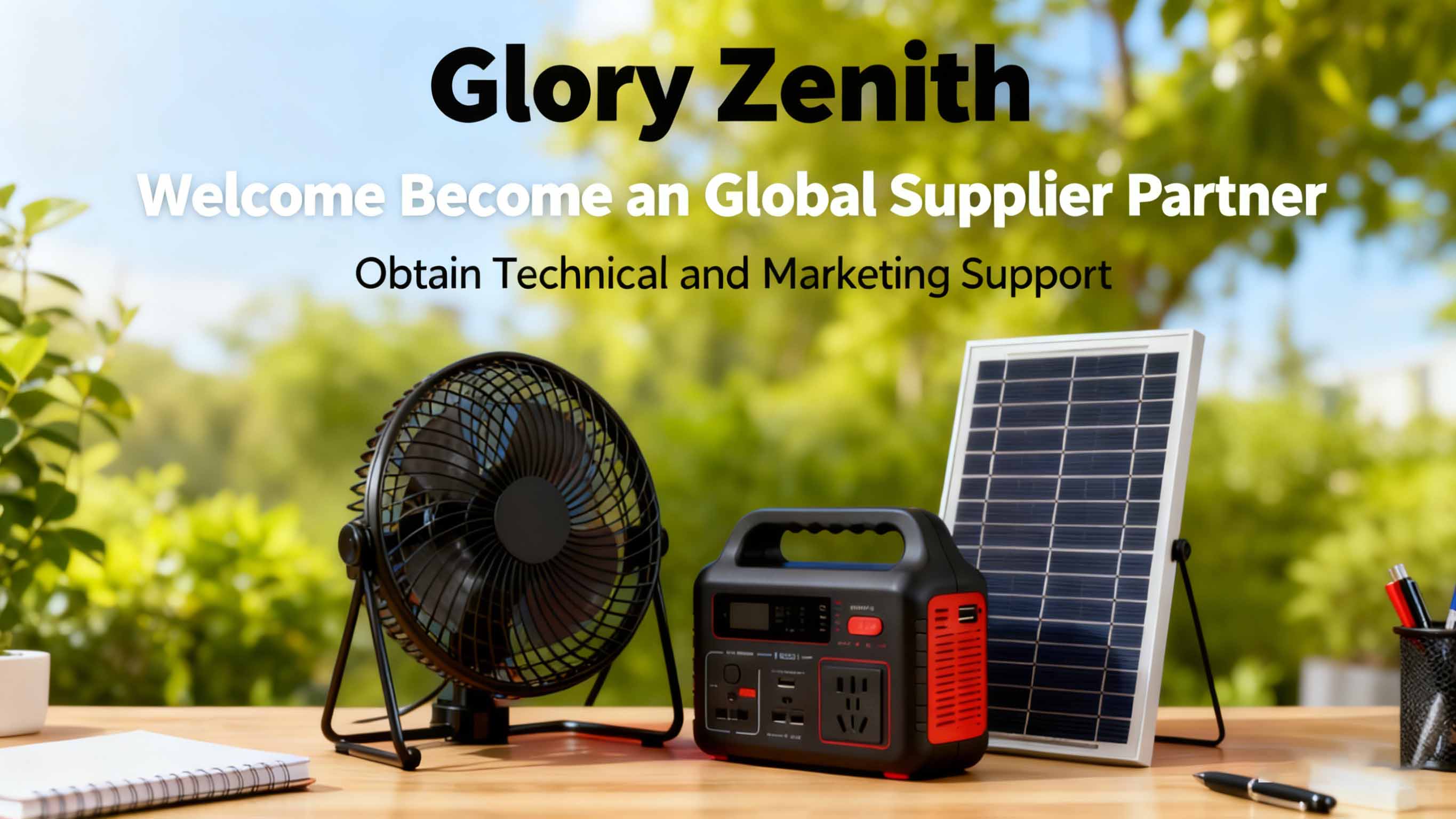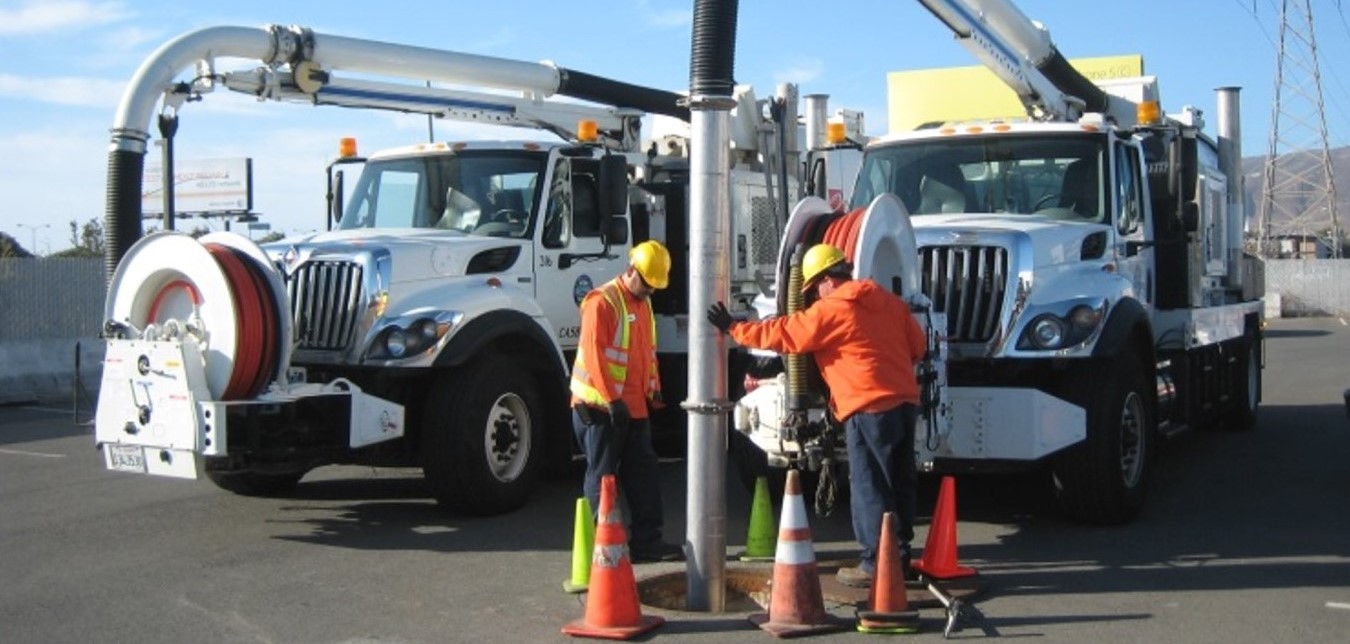Aug 22, 2025
You can choose from the leading 6000w industrial power station models for 2025: EcoFlow DELTA Pro 3, Anker SOLIX F3800 Plus, OSCAL 6000W/7200Wh by EcoVolt, Jackery Explorer 3000 Pro, and Bluetti 6000W Series. These units provide strong backup for home appliances during outages. Many people use them to support solar energy systems and reduce electricity bills. On job sites, businesses rely on these stations for running heavy-duty tools. You should think about your power needs, such as portability, safety, charging options, and how much capacity you require.
Key Takeaways
6000W industrial Portable power stations provide strong backup power for homes and businesses during outages and support solar energy systems to save on electricity bills.
When choosing a power station, consider battery capacity, continuous and surge power output, charging speed, safety features, and the types of ports you need for your devices.
Top models like EcoFlow DELTA Pro 3 and Anker SOLIX F3800 Plus offer fast charging, expandable batteries, and smart app controls to help you monitor and manage power use easily.
Look for safety certifications, durable designs, and quiet operation to ensure reliable and safe use indoors or on job sites.
Match the power station to your specific needs by adding up your devices’ wattage, planning for startup surges, and choosing a model that fits your portability and budget requirements.
Best 6000W Industrial Power Stations
Top Picks for 2025
When you look for the best 5000W Industrial Portable Power Station in 2025, you will find several top-rated models. Experts recommend these units for their strong performance and reliability. Here is a quick comparison of the highest-rated options:
Model
Type
Capacity/Output
Best For
Approximate Price
Mango Power E
Hybrid
3.5-14kWh / 3000W (6000W peak)
Home & Portable Use
$3,499+
EcoFlow DELTA Pro Ultra
Battery
3.6-90kWh / 7200W
Whole-Home Backup
$5,799+
Anker SOLIX F3800
Battery
3.84kWh / 3800W
Essential Appliances
$3,699+
Bluetti EP900
Battery
9-36kWh / 9000W
Customizable Solutions
$10,298+
You can see that each model offers different strengths. The Mango Power E stands out for its hybrid design and peak power. The EcoFlow DELTA Pro Ultra provides the highest output and works well for whole-home backup. The Anker SOLIX F3800 and Bluetti EP900 give you options for both home and business needs.
Key Features Overview
You should focus on several important features when choosing a portable power station manufacturers. First, check the battery capacity and output. For example, the EcoFlow DELTA Pro 3 gives you up to 6,000W with X-Boost mode and a battery that expands to 25kWh. Fast charging is another key feature. Some models recharge from 0% to 80% in under an hour. Safety matters, too. Look for stations with fireproof shells, dust and water resistance, and advanced battery management systems.
Tip: Always add up the wattage of your devices and include a 20% buffer for startup surges. This helps you pick a station that meets your needs.
You also want to consider extra features like solar charging, pass-through charging, and quiet operation. Many new models use LiFePO4 batteries, which last longer and charge faster. These features make a 6000w industrial power station a smart choice for both home and business use.
6000W Industrial Power Station: What to Look For
Capacity and Output
When you choose a 6000w industrial power station, you need to check both the continuous power output and the surge capacity. Continuous output tells you how much power the station can supply all the time. Surge capacity shows how much extra power it can give for a short time, like when a fridge or tool starts up. Many top models offer 6000 watts of continuous power and can handle surges up to 18,000 watts for a few seconds. You should also look for split-phase or dual-voltage output if you plan to run 240V appliances. Battery type matters, too. LiFePO4 batteries last longer and work better in hot or cold weather.
Tip: Add up the wattage of all devices you want to run at once. Make sure the power station can handle that total, plus a little extra for safety.
Port Options and Compatibility
You want a power station with the right ports for your needs. Most models include AC outlets for home appliances and tools, USB-A and USB-C ports for phones and tablets, and DC or car ports for devices like car fridges. Some stations also have Anderson or XT60 ports for solar panels. Check if the station supports 240V output if you need to run heavy-duty equipment. Many new models let you expand capacity with extra battery packs or connect to your home panel for backup.
Port Type
Use Case
AC Outlets
Appliances, power tools
USB-A/USB-C
Phones, tablets, small devices
DC/Car Ports
Car fridges, CPAP machines
Solar Input
Charging with solar panels
Recharge Methods
You can recharge a 6000w industrial power station in several ways. The fastest method is usually a 120V AC wall outlet. Some models support fast charging, so you can recharge in just a few hours. You can also use a 12V car port, but this takes longer. Solar panels offer another option, which is great for off-grid use or emergencies. The speed of solar charging depends on sunlight and the size of your panels. Some stations even support EV charging for extra flexibility.
AC wall outlet: Fastest and most reliable
Car port: Slower, good for travel
Solar panels: Eco-friendly, best for outdoor or backup use
Safety and Reliability
Safety features protect both you and your devices. Look for stations with UL or CSA certifications. These show the product meets strict safety standards. Many models include fireproof shells, dust and water resistance, and advanced battery management systems. Some stations have a transfer switch for smooth backup power and a power saver mode to reduce battery drain. Remote monitoring and smart controls help you keep track of performance and spot problems early.
Note: Always use your power station in a well-ventilated area and follow the manufacturer’s safety guidelines.
Detailed Reviews and Comparisons
EcoFlow DELTA Pro 3
You get a powerful and flexible backup solution with the EcoFlow DELTA Pro 3. This model works well for both home and business use. It offers a large battery, fast charging, and smart features.
Specification Category
Details
Battery Capacity
4096 Wh, expandable up to 12 kWh (48 kWh in full system)
AC Output
4000 W continuous, 6000 W with X-Boost, 8000 W surge capacity
Battery Type
LFP (Lithium Iron Phosphate), IP65-rated
Solar Input
Up to 2600 W (1600 W high-PV + 1000 W low-PV)
AC Charging
100-240V, up to 7000 W with multi-charge capability
Weight
51.5 kg (113.54 lb)
Dimensions
16.16 × 13.43 × 27.28 in.
Operating Temperature
14°F to 113°F during discharge
Noise Level
30 dB (whisper-quiet)
Unique Features:
Expandable battery system for longer backup.
Fast charging: 80% in 50 minutes.
Smart app for remote monitoring and control.
Rugged wheels and telescoping handle for easier movement.
Quiet operation for indoor use.
Pros:
High power output and expandable capacity.
Multiple charging options: AC, solar, car, and EV.
Durable and safe with advanced battery management.
Quiet and suitable for sensitive environments.
Cons:
Heavy and not easy to lift.
High price, best value when used as a full backup system.
May not run very high-power devices for long periods.
The EcoFlow DELTA Pro 3 can power fridges, lights, tools, and even some HVAC systems. You can use it for home backup, off-grid living, or business sites. The smart app helps you track usage and control settings from your phone.
Anker SOLIX F3800 Plus
The Anker SOLIX F3800 Plus gives you strong performance and many features for home backup. It stands out for its fast charging, high solar input, and expandability.
Specification
Anker SOLIX F3800 Plus
Battery Capacity
3.84 kWh
Max AC Output
6,000W running, 9,000W surge
AC Charging Speed
0-80% in 1.2 hours
Solar Power Input
Up to 3,200W
Generator Compatibility
240V/120V generator
AC Outlets
6 x 120V NEMA 5-20, 1 x L14-30 (240V)
USB-C Ports
4 (2 x 100W PD, 2 x 30W PD)
USB-A Ports
4 (all QuickCharge 3.0)
Car Outlets (12V)
2
Expansion Capacity
Up to 53.8 kWh with 6 expansion batteries
Weight
About 136 lbs
Dimensions
27.6 x 15.1 x 14.6 inches
Unique Features:
High solar input (up to 3,200W).
Generator bypass for 240V and 120V.
Expandable battery system.
Handles and wheels for easier movement.
Pros:
High output for running many large appliances.
Fast charging and improved solar input.
Many ports for different devices.
Good value with discounts and tax credits.
Cons:
Heavy and large, not easy to move.
Best for home backup, less for portable use.
In real tests, you can run a space heater, fridge, or even a laptop setup for hours. The Anker SOLIX F3800 Plus works well as a core backup for homes or small businesses.
OSCAL 6000W/7200Wh by EcoVolt
The OSCAL 6000W/7200Wh by EcoVolt gives you a strong mix of power and capacity. You can use it for both home and business needs. It offers a large battery and high output, making it a good choice for longer outages or heavy loads.
Main Specifications:
Battery Capacity: 7200Wh
AC Output: 6000W continuous, higher surge possible
Battery Type: Likely LiFePO4 for long life
Charging Options: AC, solar, car
Ports: Multiple AC outlets, USB ports, DC outputs
Weight: Heavy, but may include wheels
Unique Features:
Large battery for longer run times.
High output for running many devices at once.
Expandable with extra batteries (on some models).
May include smart app or display for monitoring.
Pros:
Long backup time for big homes or business sites.
Can run heavy tools or appliances.
Flexible charging options.
Cons:
Heavy and bulky.
May cost more than smaller units.
Not as portable as smaller models.
You can use the OSCAL 6000W/7200Wh for backup during storms, running tools on job sites, or supporting off-grid cabins. The large battery helps you stay powered for longer periods.
Jackery Explorer 3000 Pro
The Jackery Explorer 3000 Pro gives you a simple and portable power solution. It works well for users who want easy setup and reliable performance.
Specification / Feature
Details
Output Power
3000W continuous, 6000W surge
Battery Capacity
About 3024Wh Li-ion battery
Recharge Cycles
Around 2000 cycles to 70% capacity
Charging Methods
Solar panels, AC outlet, 12V car outlet
Ports
4 x AC 120V outlets, 1 x AC 120V RV outlet, 2 x USB-A 18W, 2 x USB-C 100W, 1 x DC 12V car port
Additional Features
Retractable handle with wheels, mobile app, LCD display, wireless charging pad
Weight
About 64 lbs
Wall Charging Time
Less than 2.5 hours with 1800W AC charger
Solar Charging Time
Under 3 hours with six 200W panels (claimed)
Expandability
No battery expansion packs available
Unique Features:
Wireless charging pad for phones.
Bright LCD display for easy monitoring.
Retractable handle and wheels for portability.
Pros:
Easy to use and set up.
Fast charging and good battery life.
Many ports for different devices.
Portable for its size.
Cons:
No option to expand battery.
Fewer smart features than some rivals.
Battery chemistry offers fewer cycles than LiFePO4 models.
The Jackery Explorer 3000 Pro is great for camping, RV trips, or as a backup for small homes. You can run TVs, laptops, and even some power tools.
Bluetti 6000W Series
The Bluetti 6000W Series gives you a modular and scalable backup system. You can use it for both home and business, especially if you want solar charging and expandability.
Aspect
Details / Features
Power Output
3000W continuous, 6000W surge pure sine wave inverter
Outlets
Six 120V AC outlets, one TT-30 outlet, multiple USB ports including 100W USB-C, two 15W Qi wireless pads
Charging Options
AC, solar (max 5400W input), car charging
Connectivity
Wi-Fi and Bluetooth for app control
Display
Built-in LCD touchscreen, intuitive and responsive
Modularity
Compatible with up to four B300 batteries for expansion
Size & Weight
20.5 x 14.1 x 12.5 inches, 47.62 pounds
Battery Capacity
5100Wh LiFePO4
Battery Life Cycle
3500+ cycles to 80% capacity
Warranty
48 months via official site, 24 months via Amazon
Additional Notes
Supports 240V split phase bonding, UPS mode for uninterrupted power
Unique Features:
Modular battery system for easy expansion.
High solar input for fast charging.
Touchscreen display and app control.
Pros:
Scalable for bigger needs.
Quiet and efficient operation.
Many outlets and charging options.
Cons:
Bulky cables for expansion.
App could offer more features.
LCD screen has unused potential.
The Bluetti 6000W Series fits well for users who want to grow their backup system over time. You can use it for home backup, business, or off-grid living.
Comparison Table and Use Cases
Main Differences
You will notice important differences when you compare the top power stations. Each model offers unique strengths in output, battery capacity, recharge methods, and user experience. The EcoFlow Delta Pro gives you the highest output at 7200W and lets you expand the battery up to 90kWh. You can recharge it with dual AC, EV, or fast solar charging. The app allows you to set custom charging speeds and manage your backup power with smart panel integration. The Anker SOLIX F3800 Plus provides 6000W split-phase output and expands up to 26.9kWh. You can move it easily with built-in wheels and a handle. The app helps you monitor energy use and control settings. Jackery Explorer 3000 v2 is lighter and easier to carry. It gives you 3600W continuous and 7200W peak output. You can recharge it quickly and use it with Jackery’s ecosystem for RV travel or mid-size home backup.
Model
Capacity (kWh)
Output (W)
Recharge Methods
Weight (lbs)
Portability Features
App Control & Display Features
Specialty Functions
Anker SOLIX F3800 Plus
3.8 base, expandable to 26.9
6000W split-phase
1800W AC, up to 3200W solar
135.6
Built-in wheels and handle
App control with energy monitoring; large, easy-to-read display
Expandable battery; suitable for indoor backup
EcoFlow Delta Pro
Starts at 6, expandable to 90
7200W AC output
Dual AC, EV, fast solar
186.3
Robust telescoping pull handle
Feature-rich app with custom charging, UPS, smart panel integration
UPS functionality; massive battery expansion
Jackery Explorer 3000 v2
3.072
3600W continuous, 7200W peak
AC and solar dual input
59.5
Easy-grip handle, smooth-rolling wheels
Intuitive app; fast recharge; ecosystem compatibility
Compact design; fast recharge
Tip: Choose a model that matches your power needs and how you plan to use it. Look at battery size, output, and how easy it is to move.
Best for Home vs. Business
You should think about where you want to use your power station. For home use, the EcoFlow DELTA Pro 3 stands out. You get quiet operation, advanced battery technology, and fast charging. The UPS feature keeps your home powered during outages. You can move it around your house and monitor everything with the app. Jackery Explorer 3000 v2 works well for smaller homes or RVs. You can carry it easily and recharge it quickly.
For business or industrial use, you need higher output and longer run times. The Anker SOLIX F3800 Plus gives you split-phase output and expandable batteries. You can use it for indoor backup or on job sites. The EcoFlow Delta Pro also fits business needs with its massive battery expansion and smart panel integration. Large industrial turbines, like the Mitsubishi H-25 Series, provide much more power but require special infrastructure. These turbines work best for factories or large facilities, not homes.
Power Station Type
Power Output
Key Features
Suitability
EcoFlow DELTA Pro 3 Portable Power Station
4,000W continuous, 6,000W with X-Boost
Portable, quiet, advanced battery tech, fast charging, expandable, UPS, app control
Best for home use and small business backup
Anker SOLIX F3800 Plus
6,000W split-phase
Expandable battery, wheels, app control, energy monitoring
Best for business, contractors, and indoor backup
Industrial Turbines
Up to 121.4 MW
Large-scale, stationary, high efficiency
Best for business and industrial use only
Note: You should pick a power station based on your space, power needs, and how often you need backup. Home users benefit from quiet, portable models. Businesses need higher output and longer run times.
Choosing the Right 6000W Industrial Power Station
You can see the main differences between leading power stations in the table below. EcoFlow Delta Pro Ultra offers the highest capacity and fastest charging. Bluetti AC500 gives you strong modular expansion. Jackery Explorer 2000 Plus is a budget choice for smaller needs.
Feature
EcoFlow Delta Pro Ultra
Bluetti AC500
Jackery Explorer 2000 Plus
Battery Capacity
Up to 90,000Wh
Up to 36,864Wh
Up to 24,516Wh
AC Output Power
Up to 21,600W
Up to 10,000W
Up to 6,000W
Recharge Time (AC)
~1 hour
~0.7 hour
~1.4 hours
Solar Input
5,600W
3,000W
1,400W
To choose the best model for your needs:
Check your total wattage requirement.
Look for features like solar charging or portability.
Compare recharge options and battery lifespan.
Balance cost with long-term value.
For more help, you can contact Signature Solar at 903-441-2090 or email support@signaturesolar.com. Norwall PowerSystems also offers guides and expert tools.
Read More
 Mail Us : service@zgsscr.com
Mail Us : service@zgsscr.com Call Us: +86 18039889808
Call Us: +86 18039889808 Mail Us : service@zgsscr.com
Mail Us : service@zgsscr.com Call Us: +86 18039889808
Call Us: +86 18039889808
